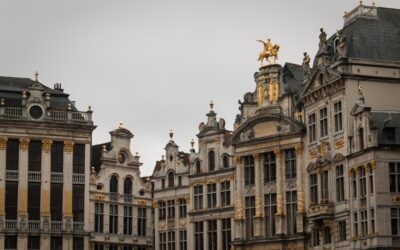When Bavaria joined greater Germany in 1871 one of the conditions of the deal was the adoption across the whole country of the Bavarian Beer Purity Order – known popularly but incorrectly as the Reinheitsgebot. This stipulation brought unprecedented homogeneity to German brewing, which had previously being quite regional in its approach.
It would be lovely to believe that the Purity Order was brought in for the protection of consumers, but it was more to stop less expensively made beers flooding the Bavarian market and ruining its Government’s tax earnings from brewing, and to a lesser extent improve their prospects for sales across a much larger market.
In practice, the Order was not fully imposed until 1906, and then breached again in 1919. Either way, it is seen, rightly or wrongly, as having had the effect of outlawing a number of local beer styles, especially from northern and eastern Germany, though a number these survived due to local quirks in the law, or the popular memory and the loyalty of home-brewers. Examples of these include Berliner Weisse, Gose and Lichtenhainer.
Other beers associated primary with Germany include: Helles, German Pils and Märzen (Oktoberfestbier), Dunkel and Schwarzbier, the Bocks, Altbier and Kölsch, the Weizen beers, and Weizenbock.
However, one beer from the north of Germany, which remains rare, is hard to categorise.
Adambier
Possibly originating in Dortmund, but definitely from northern Germany, this strong, dark ale style (8-11% ABV) has similarities with some of the strong stock ales once found in the UK, and the oak-aged ales of Belgium. Typically a little smoky, and definitely aged in oak for a time, it has a mild lactic edge. Its demise coincided with the rise in popularity of lagered Bockbier, though a few examples have started to re-appear again in its home country.





